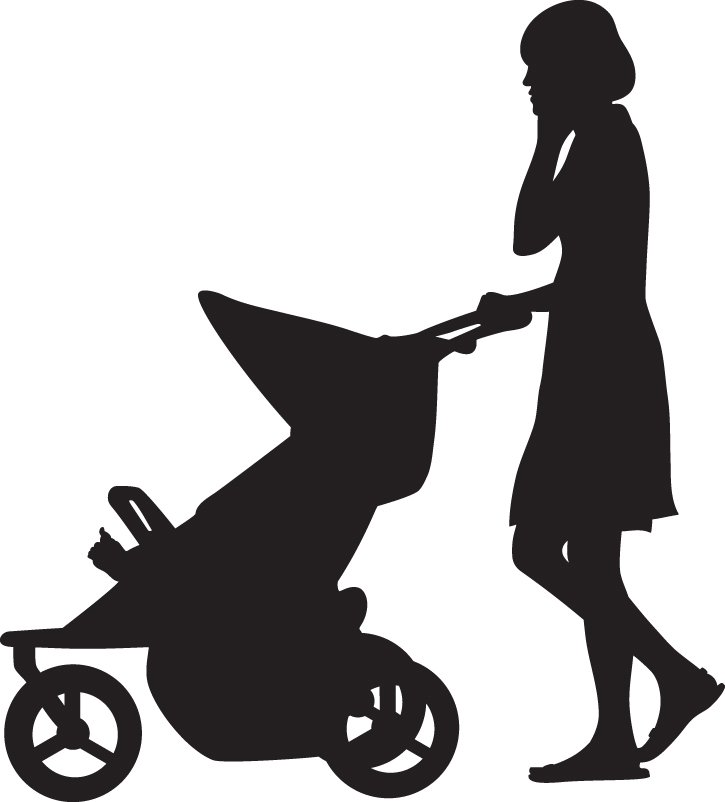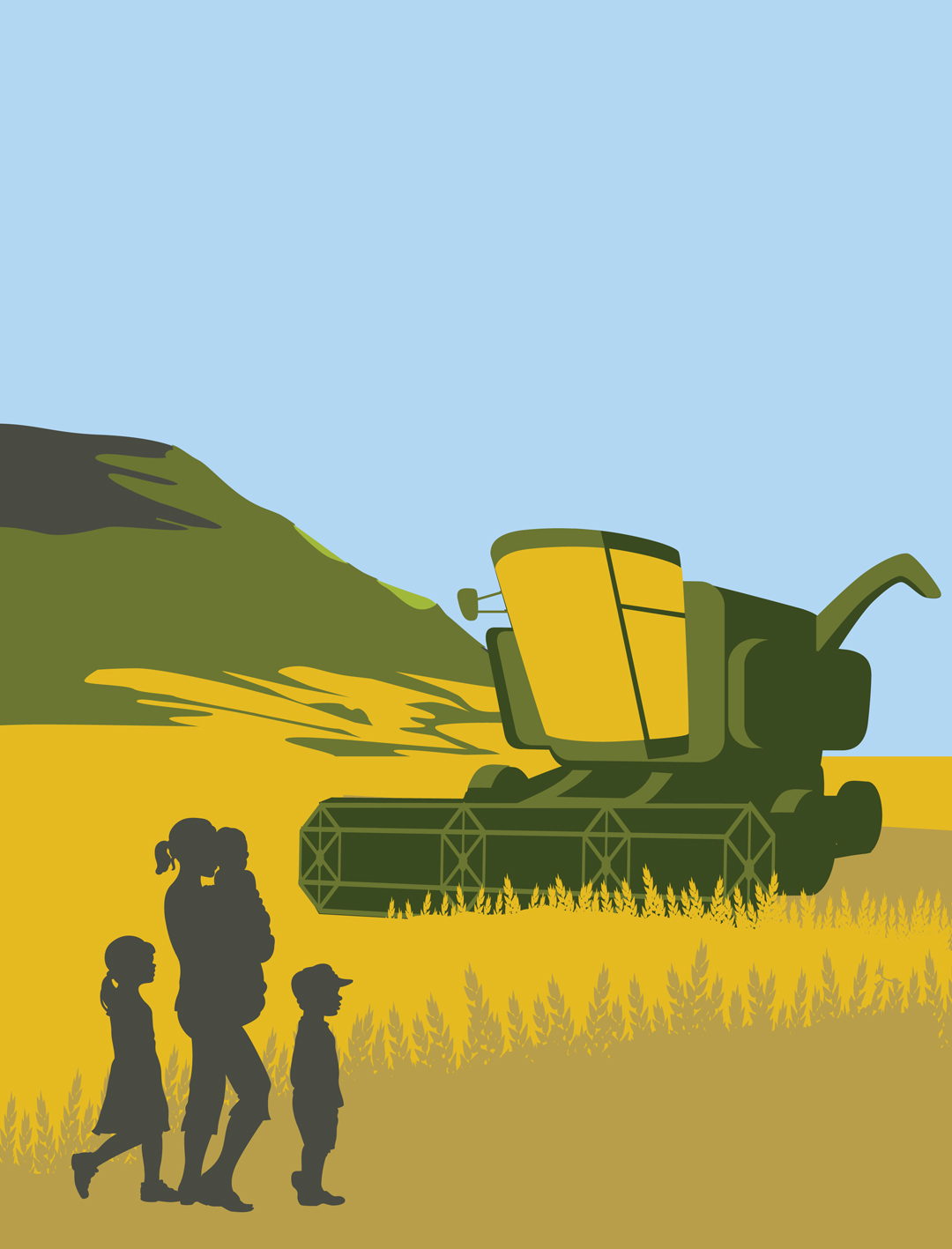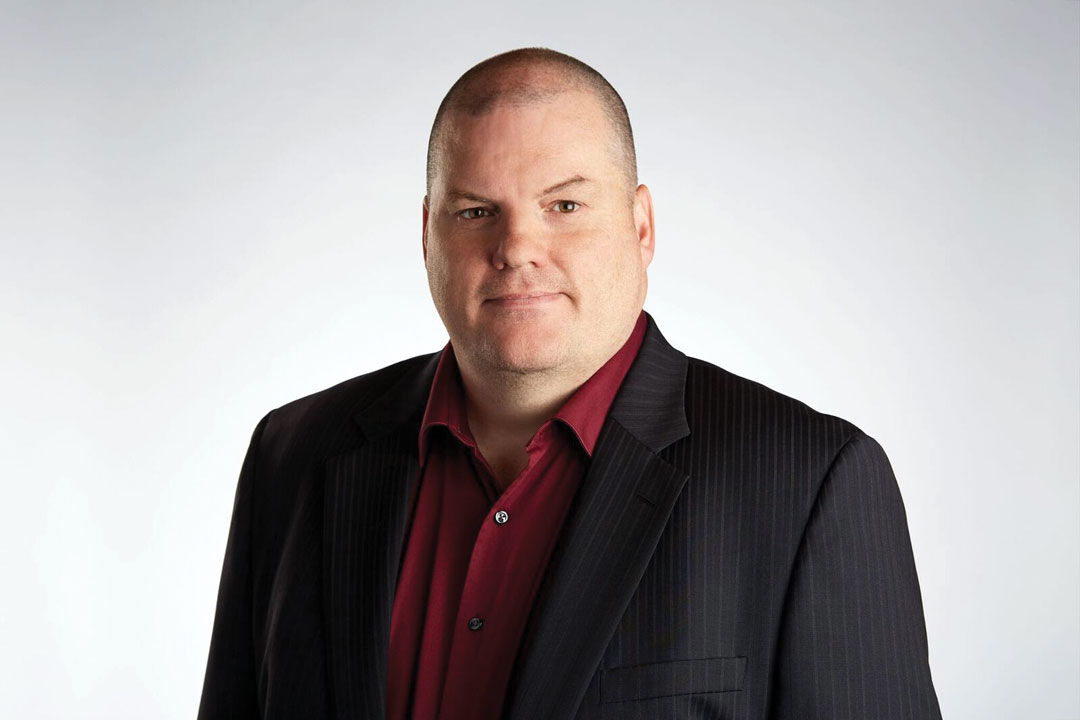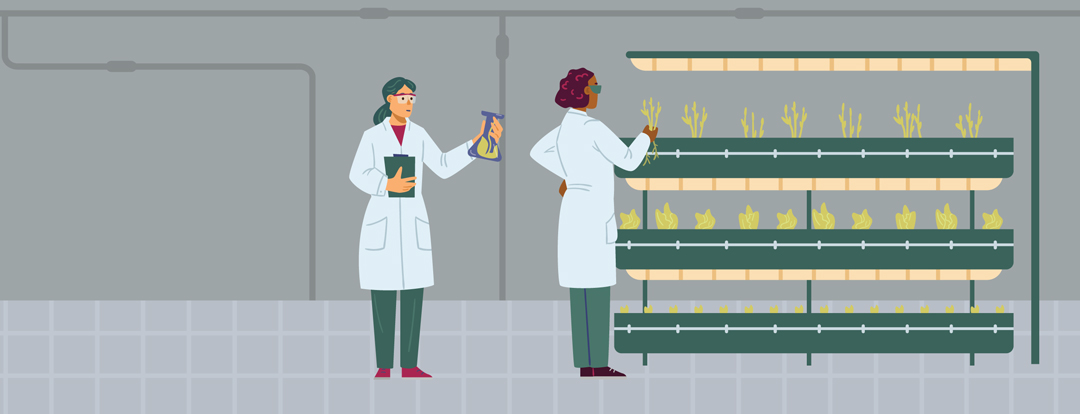IN SEARCH OF BETTER RURAL CHILDCARE
BY ZOLTAN VARADI • ILLUSTRATIONS: ISTOCK
Carbon credits, competition with China and AgriStability may have been the hot topics at a roundtable discussion between Peace Country farmers and Chrystia Freeland back in January 2020, but it was the childcare concerns raised by Fairview area agronomist Josefine Bartlett that seemed to leave the biggest impression on the deputy prime minister.
So much so that when Freeland returned to Alberta in November 2021 to announce a landmark $3.8 billion childcare agreement between the province and Ottawa, her speech referenced Josefine’s remarks about the need for greater commitment to early childhood education and childcare in rural areas.
“They called me and asked if they could quote me, and I said that was fine. But I missed the whole thing. I couldn’t find it,” she said with a laugh about her moment in the political spotlight. Understandably, she doesn’t have much time to Google political press conferences, what with raising one-and-a-half-year-old Tor and four-year-old Henrik and running agronomy trials full time for Bayer.
While her husband Brady Bartlett pitches in with the kids when he’s able, when it’s time to break out the heavy machinery on the family farm 19 kilometres west of Fairview, it’s just not feasible to have the boys underfoot for obvious safety reasons.
“I tend to be a sprayer operator and that’s not very easy to have kids around between the equipment and whatever else,” said Brady, who works the 4,200-acre mixed grain operation alongside his brother Blaine and their parents.
Which brings us to what compelled Josefine to broach the subject of rural childcare at that meeting with Freeland. Months earlier, in the summer of 2019, Josefine began a new position with Bayer after taking a maternity leave; though she and Brady had sought day care arrangements early in her pregnancy, they were put on a waiting list for the sole service in Fairview and ultimately were unable to secure a spot. As a result, the Bartletts were forced to make the 60-kilometre drive to Grimshaw, the next nearest town with day care availability.
“It was really stressful. It was also expensive,” said Josefine, alluding to the cost of fuel needed to make the daily 120-kilometre round trip. Brady added that the economic impact on the family also manifested in reduced productivity on the farm at the worst possible time: harvest. “We had to be on the road by seven to drop them off at eight, and then we didn’t get back to the farm until nine,” he said. “Then I’d have to leave the farm again by four. It was a pretty short workday.”
“Whenever you are stressed, you lose productivity,” said Josefine, whose work sees her travel all over Peace Country. “Your mind goes elsewhere, just trying to figure out, ‘How are we going to do this?’ Every day was different depending on where each of us was.
“I’m taking that time out of my day to do that. It’s a lot of pressure on women to have to ask their employer for it. It may be acceptable, or it may not be acceptable. I started a brand-new job and right away I had asked for a bunch of time during the busiest season of the year to go and grab my kid because we don’t have childcare.”
This wasn’t the first time the Bartlett farm took such a hit on productivity. Brady’s brother Blaine and his wife Kristie, a public health nurse, were in a similar bind a year earlier. While on the waiting list for daycare in Fairview, Kristie shepherded six-year-old Everly and four-year-old Ethan to an unregistered day home in Spirit River, about a 40-minute drive one way. The couple have a third child, Morgan, who is just shy of two years.
“When it’s an unregistered day home, if there’s a vacation or anything like that, you have to find alternative childcare, and that is also stressful,” said Kristie. “It was quite a stressful period of time.”
Then, of course, COVID hit and the ensuing shutdown of the scant existing child care facilities created a whole new set of challenges. At one point, Josefine strapped her youngest into a baby carrier and took him along on field trials. Kristie, meanwhile, had to contend with being thrown into the midst of a once-in–a-lifetime health crisis without parental supports.
“During COVID is when I felt it the most,” she said. “The daycare closed during seeding. I work for Alberta Health Services, and they told us, ‘You are a front line worker. You have to be alert. Figure it out.’ I don’t think it was just nurses. Lots of women in many careers found they were front line workers. There wasn’t a lot done to help us during that time.”
Five hundred kilometres southeast of the Bartletts, the pandemic had a very different impact on another farm family that took the opportunity to re-group, re-evaluate and take on new roles.
At the onset of COVID Janine Paly handled the day-to-day management of her family’s mixed farm in the County of Thorhild while her husband Ian worked in the oilpatch. The couple’s long-term goal was to have Ian return to full-time farming, but when he found himself essentially grounded due the pandemic, the change came more quickly than anticipated.
“He stayed home for about a year-and-a-half,” said Paly, a former Alberta Wheat Commission director-at-large. “That allowed us to expand our farm, and it showed him the value of being home.”
Eventually, with the return to something resembling normalcy, the oilpatch picked up again. Ian returned for about six months, but he found himself on the road away from family one too many times. “That’s when we realized family came first,” said Paly of Ian’s decision to quit this past March. “He had indicated it was time for him to be full time on the farm and enjoy life with our children.”
As for Janine, this past January she took the opportunity presented by Ian’s return to the farm to accept a role as an agrologist for Ducks Unlimited Canada. Given that their children, nine-year-old Annabelle and six-year-old Lillyanne, are a little older and becoming more self-sufficient, the Palys haven’t been in quite the same bind as many other farm families. She said although they’ve made use of childcare in the past, they’ve come to increasingly rely on extended family in the area to help with the kids. Paly also credited the shift to home offices and telecommuting with easing the transition. She believes companies and organizations have recognized staff can work efficiently from home. “That’s what has allowed me to work from home five days a week, or whatever the case is, and then just be with my kids and have that flexibility.”
Yet, Paly’s experience dovetails with that of Josefine and Kristie Bartlett. All three women said when it comes down to the crunch, they overwhelmingly bear the responsibility for filling in child care gaps.
“My husband and I try and balance where the children are during the day,” said Paly. “However, in the majority [of cases] the burden does fall on me. But it also depends on the situation. If I’m in meetings for most of the day, then my husband will take the kids out to the yard and just try and keep them occupied. But, if he’s busy and it’s just a little more dangerous of a situation, then the children will stay with me in the house.”
All three husbands agree the greater burden falls to their wives. “It does really unfairly affect Kristie and other women in the workforce,” conceded Blaine Bartlett. “If childcare is expensive or unavailable, then she is the one that is going to be staying home. Which isn’t fair to her—she’s a professional.”

Kristie “absolutely” believes our system shortchanges the needs of working women. When pressed as to what she thinks can be done to create more equitable policy, she is somewhat resigned. “I really don’t know how to answer that question. I honestly think it’s just a burden that you have to bear.”
But what of the Alberta–Ottawa funding pact intended to invest more than $4 billion in Alberta’s childcare sector between 2021 and 2026? According to a statement from the office of Alberta Children’s Services Minister Matt Jones, fees for children from newborn to kindergarten have already been reduced by as much as one half. Paly said she doesn’t qualify for a subsidy, but both Bartlett couples confirm they have indeed seen major savings since the funding was announced. The Bartletts did note the lower cost of daycare has simply increased demand on an already overburdened system.
Brady pointed out the capacity issue to his MLA Todd Loewen in an email. “I was really just emphasizing that effort or energy could be spent on encouraging the creation of registered day homes and that no matter the price these registered facilities were not available to us,” he said.
According to advocacy organization Childcare Now, rural communities ultimately fall short in creating child care capacity because of the free market model. “It’s a patchwork system where there are a lot of gaps in terms of which communities have access to providers, especially licensed providers, versus unlicensed, which is really what you see in rural communities,” said Susan Cake. Cake sits on the steering committee of the Alberta chapter of Childcare Now. “If it’s not profitable, it’s not going to be there. That’s where you have large gaps in towns where there’s literally no licensed provider, or there’s one at max capacity and a bunch of other families are just using unlicensed because that’s what’s available.”
While Loewen, who has since left the UCP to sit as an Independent, didn’t respond to Brady’s concerns, the Province said space creation is at the forefront of its plan. “We know childcare availability in rural and remote communities is important, which is why our government launched the $50 million Space Creation Grant in July of this year, which will create new not-for-profit childcare spaces in both rural and urban communities where there is a high demand or limited to no childcare,” reads the statement provided to GrainsWest by the office of Minister Jones.
Cake, however, contends that to be effective, such measures require significant government mediation. “They’ve essentially said, ‘Here’s the money for space creation, come to us with a bid.’ It would probably be better if the government just said, ‘OK, here is where we have licensed spaces. They know where all the licensed spaces are because they’re the government. ‘Here are the children that we know exist there—we need daycares in these places,’ and actually start with that.”
The province said more than 1,800 new non-profit spaces have been created between November 2021 and March 2022 in licensed programs that support children from birth to kindergarten. Additionally, they have committed to the creation of 10,000 new not-for-profit spaces this year and 42,500 additional spaces by March of 2026.
Brady said he can’t help but meet such announcements with a dose of skepticism. “You’ll hear a big announcement of, ‘We’re going to open up 10,000 more spots in daycare,’ and then 9,000 of those are in Calgary,” he said with a laugh. “Which is great. Don’t get me wrong, they absolutely need it, too. I feel like I’ve got a bit of a jaded viewpoint. It’s like, yeah, that number means nothing until we get two more in Fairview.”
For now, though, the Bartletts’ child care conundrums have abated, with both couples having eventually secured day care spots in Fairview. But, as the kids move toward school age, the next set of hurdles is on the horizon as current subsidies only cover children up to kindergarten.
“Our daughter is entering Grade 1, so she’ll need out-of-school care and there are no affordability grants or anything like that for after school programs,” said Kristie. “She’ll be the one at daycare the least amount of time, and I’ll be paying the most for her when she has to utilize the care. I’d like to see maybe some of the affordability grants or a program for after school care.”
Perhaps, like the Palys, the Bartletts will come to rely more on family and friends as their children age out of daycare, which is hardly a long-term fix for a provincewide issue. Regardless, despite the many challenges, these families acknowledge raising kids rurally has its advantages. There is all the room in the world to play and educational opportunities not found in any classroom
“It’s a fun stage right now. He’s starting to ask a lot of questions,” Brady said of his eldest child. “The canola fields are blooming and we were driving by and he asked, ‘Who put all the flowers out there? It’s like, ‘Well, dad and uncle Blaine did that.’
“I came home today and he asked me if the seeds are ready for combining. He’s starting to put the seasons together, and the one-year-old is right behind him. I think they gain a real appreciation for building and growing very quickly.”







Comments